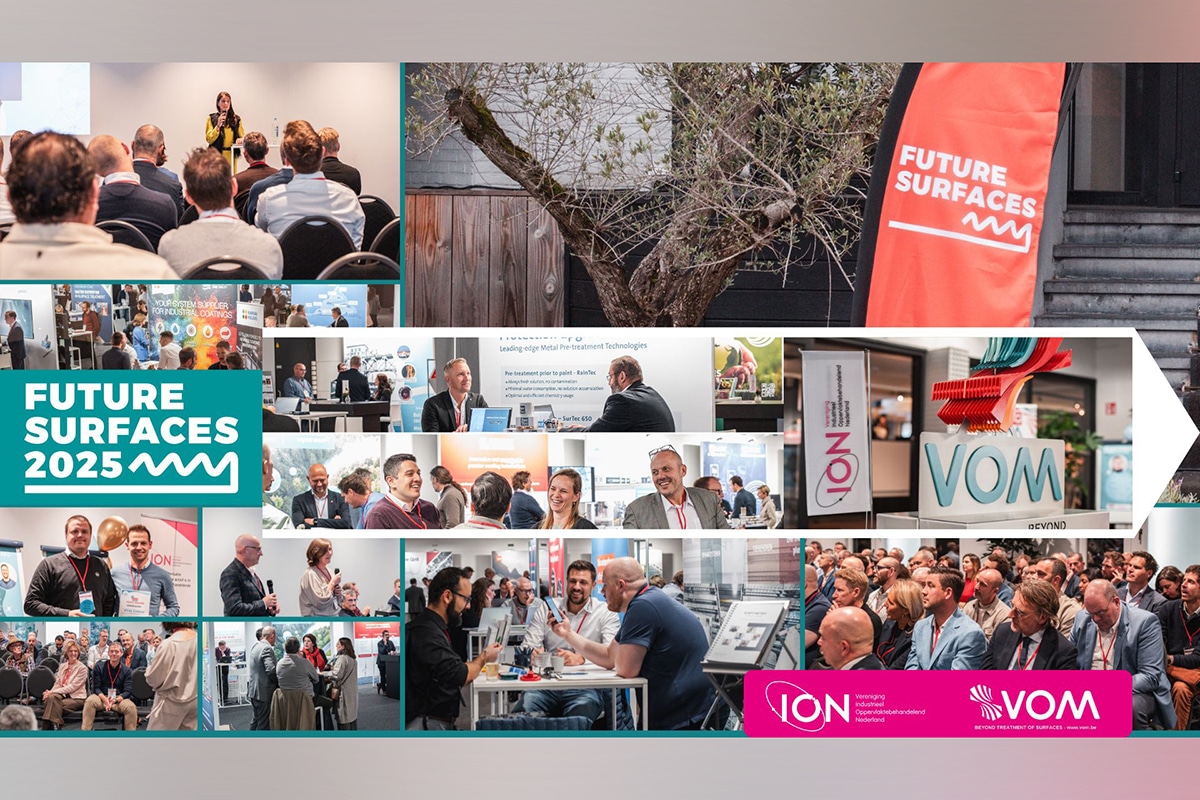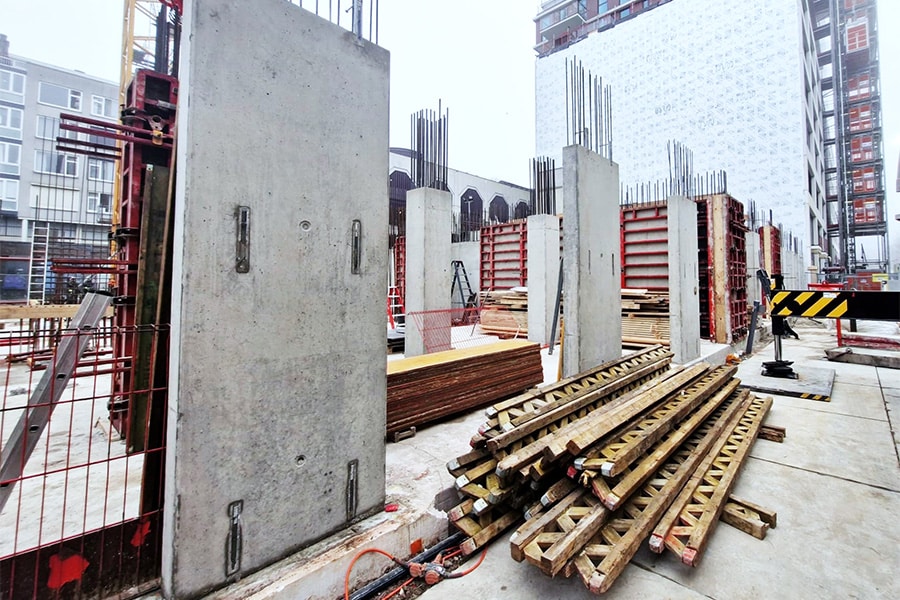
Cathodic protection as a sustainable solution
Efficient concrete maintenance
We must move toward a society that is sustainable. For structures made of concrete, the building material with the greatest environmental impact, this is especially relevant. "We know we have to use it sparingly," said Anthony van den Hondel of Cathodic Protection Supplies. "But that has to be done smartly so as not to unnecessarily increase the social costs."
Most concrete does not need special attention, Van den Hondel knows. "With exposed concrete, it's different. There, maintenance is necessary. Until a few years ago, the approach at the Department of Public Works was functional maintenance if nothing else. That has now changed to now Renovate and eventually Replace. The task is too big to replace everything in the short term. At the same time, we cannot put everything off to the future. Therefore, maintenance is needed on a large scale in order to flatten the hump; flatten the curve, as they call it. Coincidentally, cathodic protection (RD) is a very efficient way to address the most common problems."

Importance of timing
Maintenance, however, must be done wisely. Van den Hondel: "First of all, there is usually nothing wrong. For example, we are not going to protect the entire height of a structure of which only the bottom meter in the splash zone is affected by chloride with KB. That puts an unnecessary strain on budgets and construction capacity. A second aspect is timing of maintenance. Too early is a waste of money and resources, too late results in many more additional costs, and on time is of course ideal. In Dutch practice, there is often fault-based maintenance - i.e., too late, which is not wise in the case of concrete - or use-dependent maintenance: performing maintenance after a fixed period of time regardless of condition or necessity. You have to get rid of that. Better is condition-dependent maintenance, where you measure when something needs to be done and where. We don't do that enough. With KB you can steer for timely maintenance and also tackle the problems at the right place and in the right way. That makes more sense than doing something about it only when something is wrong, when it has become a safety issue or because it is programmed that way."
Object Data Services
Maintenance can be supported by modern means, such as photos (every mobile has a good camera) and drone inspections, which no longer require you to get into the aerial platform. "You have to do that smartly," Van den Hondel argues. "In 3D models, in which metadata is also added to the images, you can incorporate that. For example, RWS recently set up Object Data Services (ODS), a system that collects, stores and compares data from tunnels, locks and bridges in a uniform way. These should become monitorable, manageable and controllable through a single dashboard. That's a good development, but how do you place maintenance in this system?"

However, Van den Hondel sees plenty of ways to make this maintenance task more manageable. "ODS is a good system that can provide useful information, but with four thousand objects under your management, how do you decide when to tackle what and how? As already mentioned, you can make sure you don't do too much. Brussels, for example, is completely full of tunnels. During a renovation of 130,000 m2 of tunnel surface, KB was recently installed. Good consultants determined where KB was needed. Over 100,000 m2 were not defective, and "only" 24,000 m2 were protected with KB. Including everything in KB provides no added value socially."

Other forms of procurement
Profits can also lie in the manner of tendering. Van den Hondel: "A good example is the Nijkerker Bridge. There, RWS first started looking for a contractor without telling them what had to be done. Once it had found a suitable party, the bridge was either replaced or renovated. There was a budget for replacement, but in the end maintenance was chosen on the basis of price, and especially because instead of six months of closure it meant only four weekends of closure and inconvenience. Pure profit, and the Nijkerker bridge will last another 30 years."

Reducing nuisances
Nuisances and detours also become a factor. "The inconvenience caused by a closure has a pretty big impact on your overall footprint for the whole project. That's not just in the pounds of cement, in the workers' cars driving back and forth and the aggregates that are there, but also in the extra miles that motorists have to travel for months. That is a relatively large part of the total impact. So the key is to avoid unnecessary maintenance and ensure longer maintenance intervals. Simply translated: if you do something, do it right. Cheap is expensive here. Handle your available budget and capacity wisely. Also try to cluster it with maintenance of technical installations, for example."

Cathodic protection (RD)
Cathodic protection can also play a significant role in addressing maintenance challenges, according to Van den Hondel. "It's an active system that generates data. You can tell from the power consumption if it's a wet day and there's more need for protection power. If there is a leak, the KB system is the first to register it. If a rubber joint leaks and there is KB on it, more current flows at that point. So on the one hand it is a protection system, on the other hand KB has turned that concrete into a huge sensor that generates data. We are now working with RWS to collect the data of all its assets with KB centrally. RWS wants to make such information and other data accessible to help the Netherlands move forward. I think this is an excellent initiative. I am a great advocate of information and knowledge sharing between organizations like RWS and the market. There is a lot of knowledge among advisors from VABOR, repair companies from VBR and the KB Knowledge Center. We all have a big problem to solve. I firmly believe that almost all of the works of art that are there now should remain standing for another 30 to 40 years. We can't replace it all; maintenance is key."





